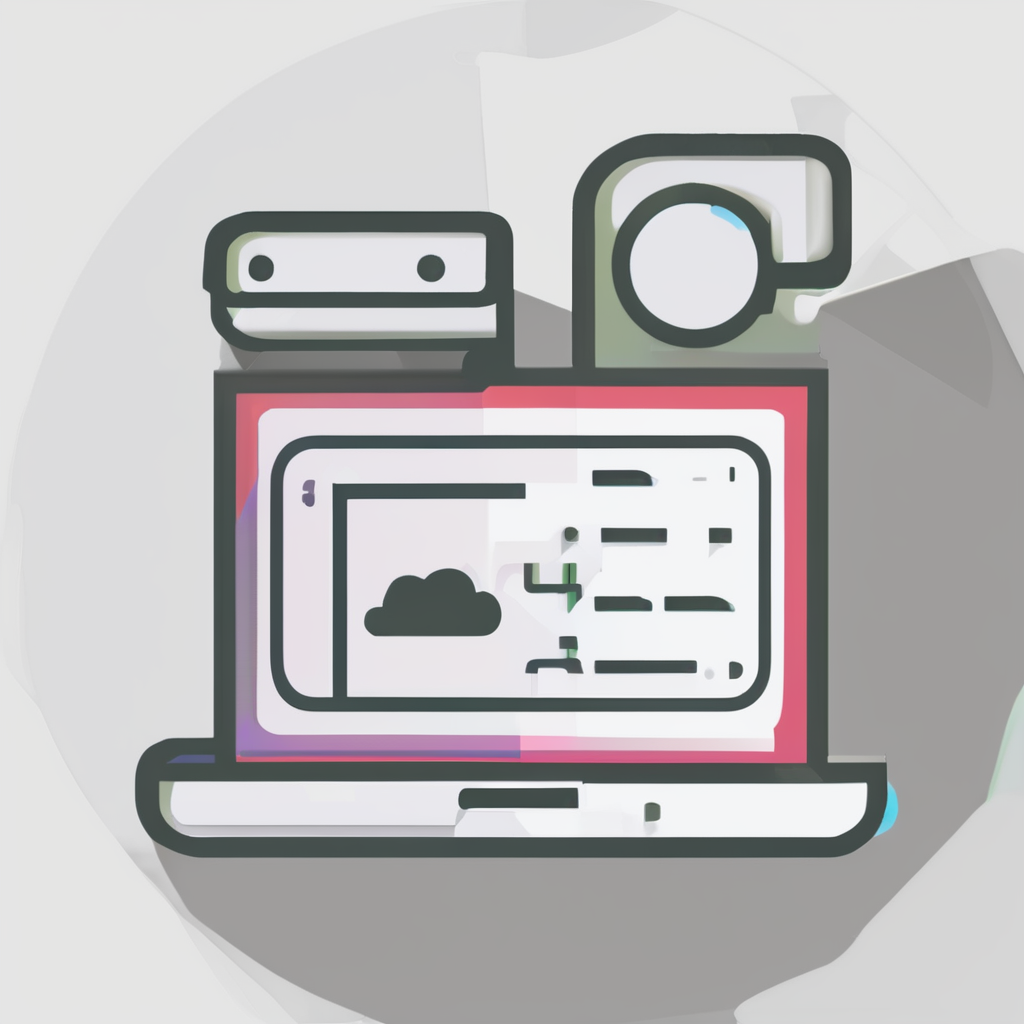Key Challenges of Building Custom PC Hardware
Building custom PC hardware presents several technical obstacles that can challenge even experienced enthusiasts. One major difficulty lies in ensuring compatibility between components such as the CPU, motherboard, and RAM. Selecting incompatible parts may lead to system instability or failure to boot, making research and precise selection critical.
Another challenge is the risk of hardware damage during assembly. Mishandling delicate components like the CPU or motherboard can cause permanent harm, requiring careful handling and proper tools. Static electricity can also damage sensitive electronics if precautions aren’t taken.
Additional reading : What impact does UK computing hardware have on smart city infrastructure?
Moreover, assembling custom PC hardware demands significant technical expertise. Troubleshooting unexpected issues like BIOS incompatibilities or installation errors requires strong problem-solving skills. Beginners may find this particularly daunting without access to reliable guidance.
Understanding these building difficulties helps users prepare adequately and avoid costly mistakes. While custom PC hardware offers flexibility and performance advantages, awareness of these technical obstacles is vital for a successful build.
In the same genre : How Does the Latest UK Computing Hardware Impact Everyday Users?
Sourcing and Selecting Components
Efficient hardware sourcing is crucial when building or upgrading your system, especially amid fluctuating prices and limited availability of high-demand components. To navigate these challenges, focus on reputable suppliers who provide transparent stock updates and competitive pricing. This prevents delays and budget overruns.
Thorough part selection demands assessing current technology standards and future-proofing your build. Prioritize components that complement each other in performance and specifications. For example, pairing a high-performance CPU with compatible RAM and a motherboard that supports the latest interfaces ensures smooth operation.
Compatibility checking is indispensable. Verify component specifications to avoid conflicts, such as mismatched socket types or unsupported memory speeds. Utilize compatibility tools or manufacturer documentation to confirm the synergy among components.
In summary, successful sourcing and selecting involves balancing cost, availability, and technical compatibility. By adopting a meticulous approach to hardware sourcing, part selection, and compatibility checking, you can create a reliable, up-to-date system that meets your demands effectively.
Assembly Risks and Technical Skill Requirements
Assembly risks in building or repairing electronics often stem from common build mistakes. Misplacing components, incorrect wiring, or neglecting static electricity precautions can lead to serious hardware failure. For example, swapping polarity on capacitors or failing to discharge static from your hands can damage sensitive circuits instantly.
Understanding technical manuals is crucial. A lack of attention to detail when following instructions increases the chance of errors during assembly. Manuals typically highlight key precautions about wiring layouts, component orientation, and grounding techniques that safeguard against damage. Ignoring these can result in non-functional or unreliable hardware.
Additionally, possessing a certain level of technical skill is necessary to navigate these challenges successfully. This includes reading schematics accurately, handling small parts with precision, and correctly applying soldering techniques. Even minor slips like cold solder joints or reversed connectors can cause devices to malfunction.
Proper training or experience significantly reduces assembly risks. For those new to assembly, taking time to study manuals thoroughly and practice static control methods can prevent costly mistakes and ensure a smoother build process.
Troubleshooting and Problem Solving
When troubleshooting custom PCs, the process begins with error diagnosis during the initial boot or setup. Common failures like no power, beep codes, or failure to POST (Power-On Self-Test) indicate specific hardware or configuration issues. For example, if the system fails to power on, checking power connections, CMOS battery status, and ensuring correct CPU installation is critical. Beep codes, which vary by motherboard manufacturer, precisely signal errors such as RAM faults or GPU issues.
Repair challenges often stem from complex hardware interactions and incompatible components. A systematic approach helps: start by isolating each component, testing RAM modules individually, swapping out storage devices, and verifying BIOS settings. Using integrated motherboard diagnostic LEDs or error displays can swiftly pinpoint faulty parts.
Effective troubleshooting custom PCs requires patience and methodical testing. Documenting symptoms and changes ensures repeatable diagnostics and avoids unnecessary swaps. When problems persist, consulting manufacturer manuals or online forums tailored to the specific motherboard and components can provide targeted solutions.
This structured error diagnosis minimizes downtime and prevents damage, ensuring your custom PC build achieves reliable performance with optimal stability.
Cost Considerations and Budgeting
Balancing the cost of custom PC components with your budget is crucial for a satisfying build. While building a custom PC often involves a higher upfront cost than buying a pre-built system, the key advantage lies in its ongoing upgradability. You can upgrade individual parts over time, spreading expenses and extending the PC’s lifespan without a full replacement.
When budgeting for builds, it’s essential to account for more than just core components. Hidden costs, such as specialized tools, peripherals like keyboards and monitors, and shipping fees, can significantly affect the total expense. Comparing prices across retailers helps identify deals and avoid overpaying. Remember that quality power supplies and cooling systems may increase initial costs but protect your investment long-term.
Planning a realistic budget also means factoring in future upgrades. For example, selecting a motherboard supporting the latest standards might increase initial price but save costs on future compatibility. With prudent budgeting and price comparison, you can design a custom PC that meets your needs without unexpected financial strain.
Time Investment and Learning Curve
Building a PC demands a substantial time investment. The process involves careful research to select compatible components, followed by ordering parts and assembling the system step by step. Even experienced users often allocate several hours or more to this task, while first-time builders should expect a considerably longer duration.
The learning curve for DIY PC knowledge is steep, especially for novices. Understanding motherboard connections, CPU seating, cooling solutions, and cable management adds complexity. Mistakes during assembly can lead to component damage or failure, so patience and thoroughness are essential.
For those wondering how long it takes to build a PC, initial attempts may span a full day or more. However, this investment fosters valuable skills and an intimate understanding of the hardware. Moreover, the experience often leads to quicker assembly times and increased confidence in future builds.
Carefully reviewing tutorials and guides before starting can ease the learning to build a PC process and minimize errors. Planning and preparation are crucial components of successful DIY PC projects. This preparation ultimately transforms the time to build a PC into a rewarding and educational experience.
Tips for Overcoming Common Custom Build Challenges
Building a custom PC can present hurdles, but effective custom build solutions help tackle them confidently. One of the most frequent issues involves component compatibility. To avoid compatibility mistakes, meticulously check the specifications for your CPU, motherboard, and RAM. This step ensures each part works seamlessly together.
Researching parts before purchase is essential. Use detailed building tips from reputable sources and compare user reviews to gauge performance and reliability. When questions arise, community resources offer invaluable support. Forums and troubleshooting platforms provide firsthand experiences from seasoned builders facing similar challenges.
Patience is crucial throughout the process. Methodical problem-solving—testing individual components and updating drivers—prevents frustration and resolves complex issues effectively. Don’t rush; a slower, thorough approach often leads to better results than quick fixes.
Leveraging multiple resources, such as build guides, can clarify complicated procedures and boost your confidence. Embracing these strategies lays a solid foundation for overcoming common PC problems and achieving a successful custom build.
Comparing Custom Builds to Pre-Built Systems
When evaluating custom PC vs prebuilt options, understanding the key differences is essential for making an informed choice. Custom builds offer unmatched flexibility and customisation, letting users select each component. This means you can tailor performance, aesthetics, and features precisely to your needs. For instance, gamers might prioritise high-end GPUs, while professionals might focus on CPUs and RAM.
However, prebuilt systems come with the convenience of having everything assembled and tested. This reduces setup time and is often paired with professional support and warranty packages, mitigating some risks involved in DIY builds. Warranty coverage on prebuilt computers usually protects the entire system, whereas custom PCs typically rely on individual part warranties.
In terms of performance and value, custom builds can offer better bang for your buck by allowing you to avoid components you don’t need. Yet, prebuilts can sometimes leverage bulk discounts, offering competitive prices and bundled software. PC buying options depend heavily on your priorities: whether you seek control and potential cost savings or prefer ease and dedicated support. Understanding these factors helps align choices with user goals comprehensively.


